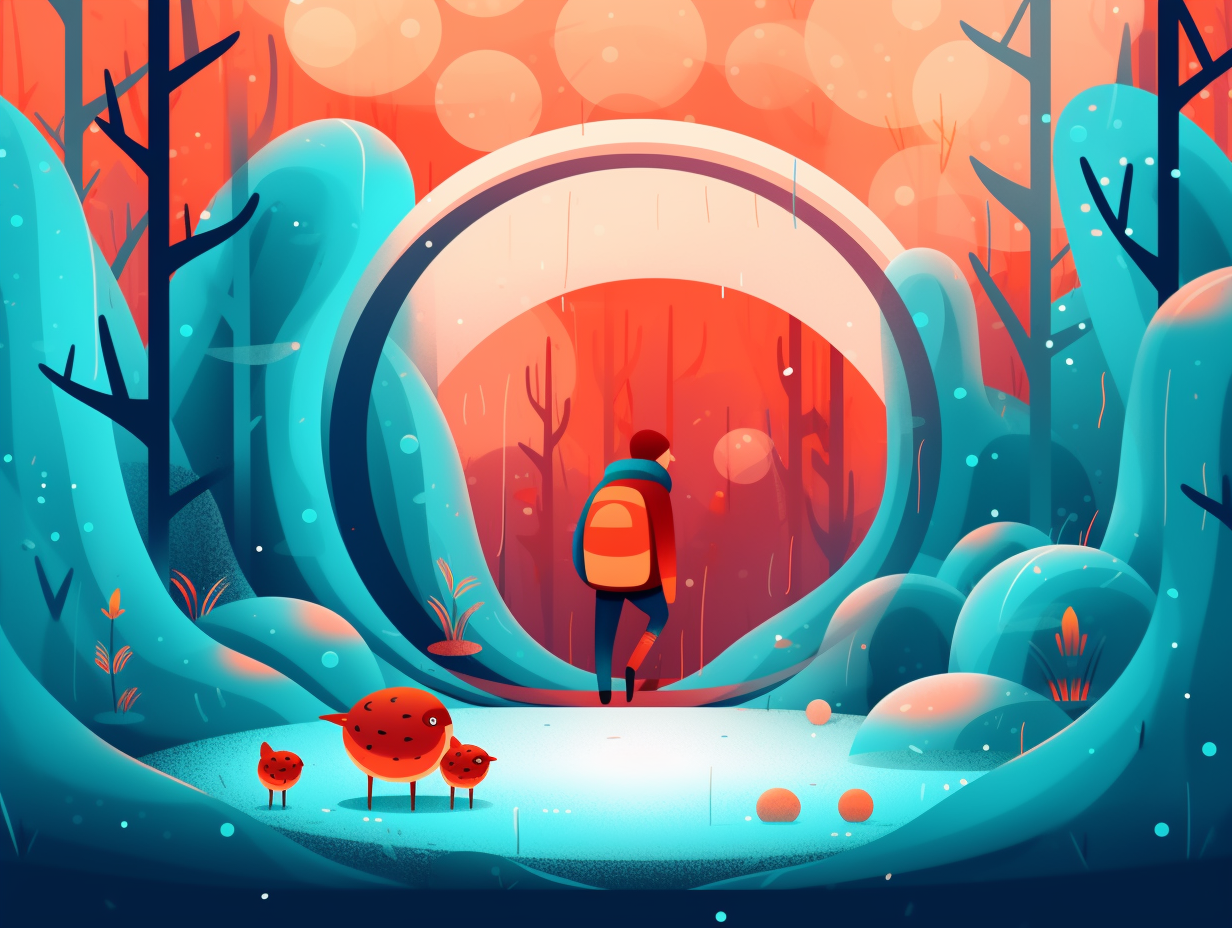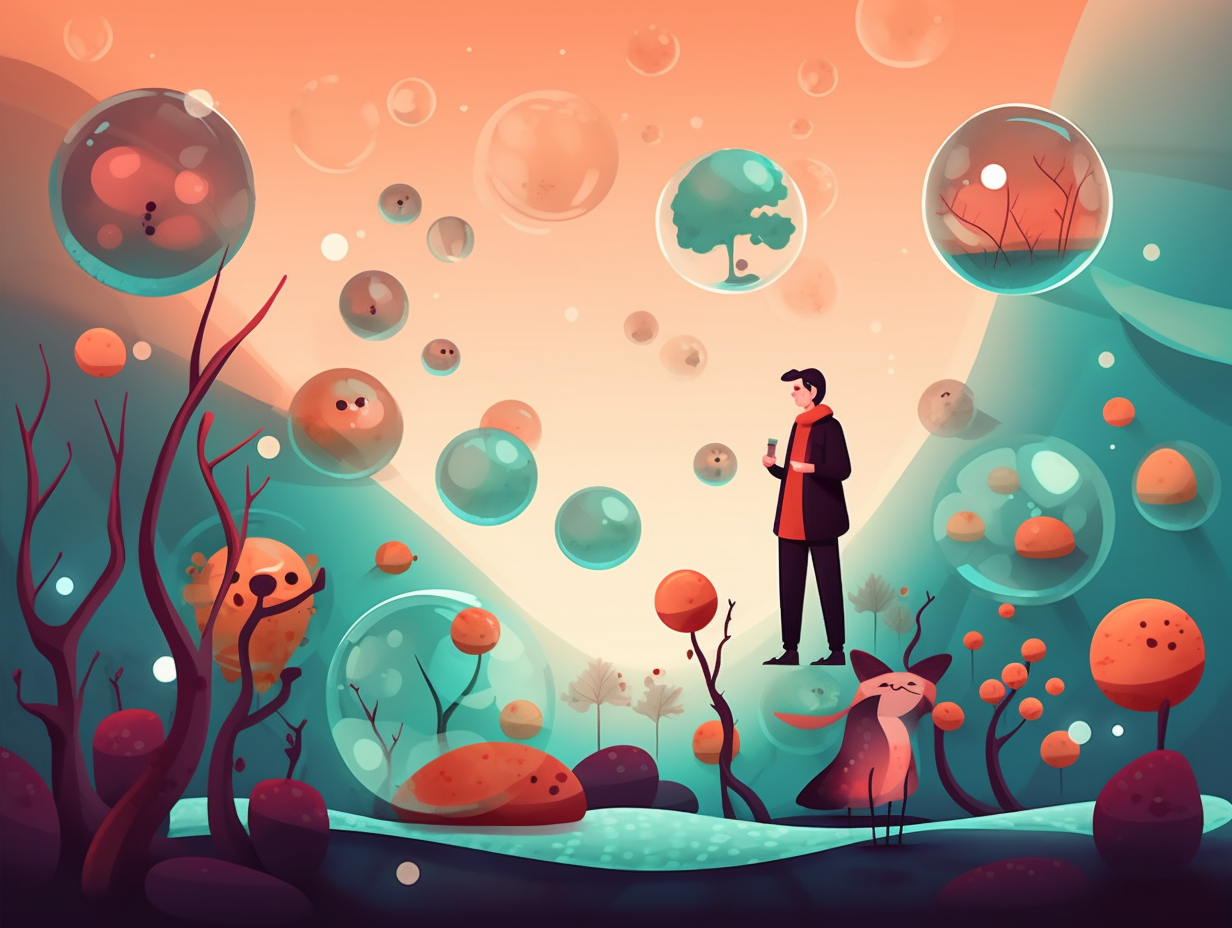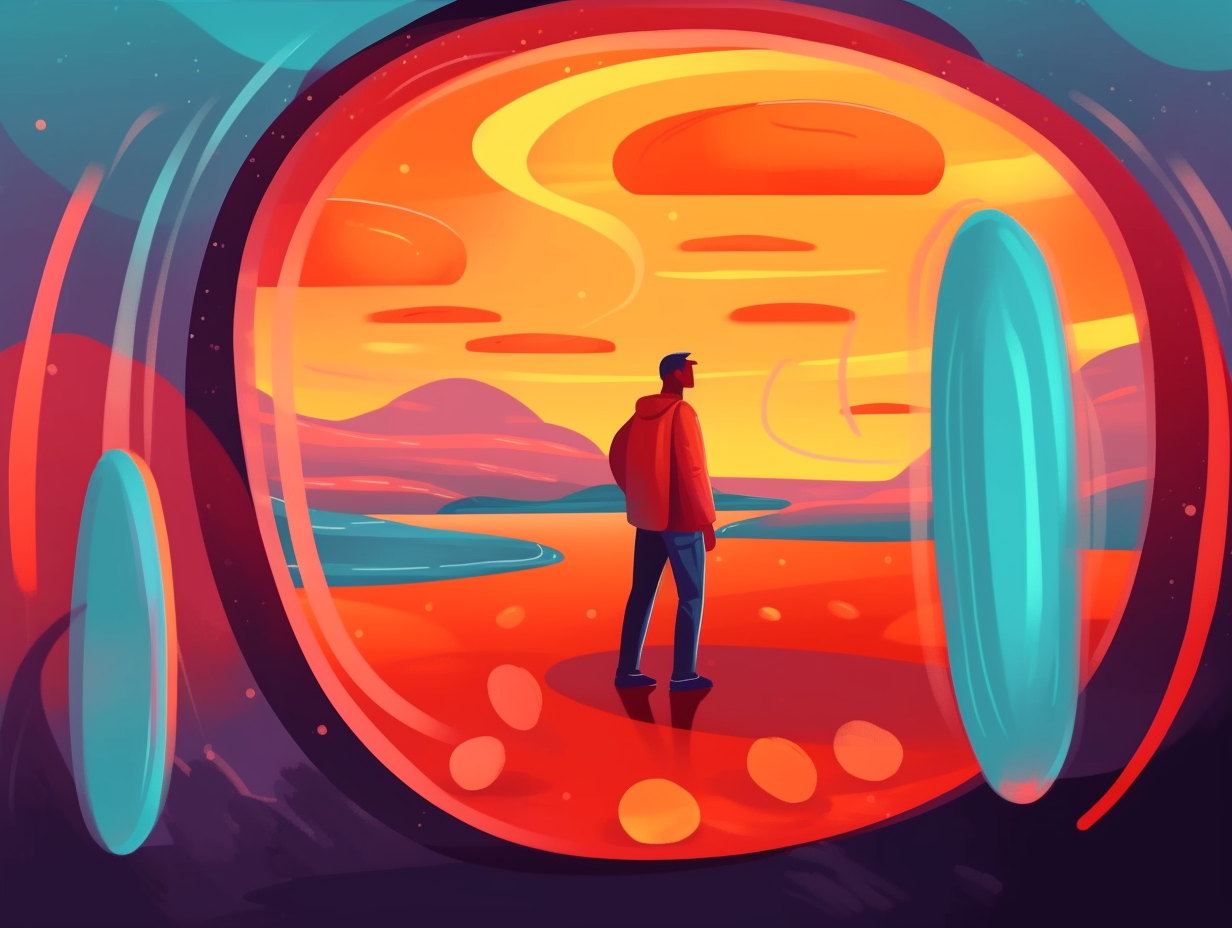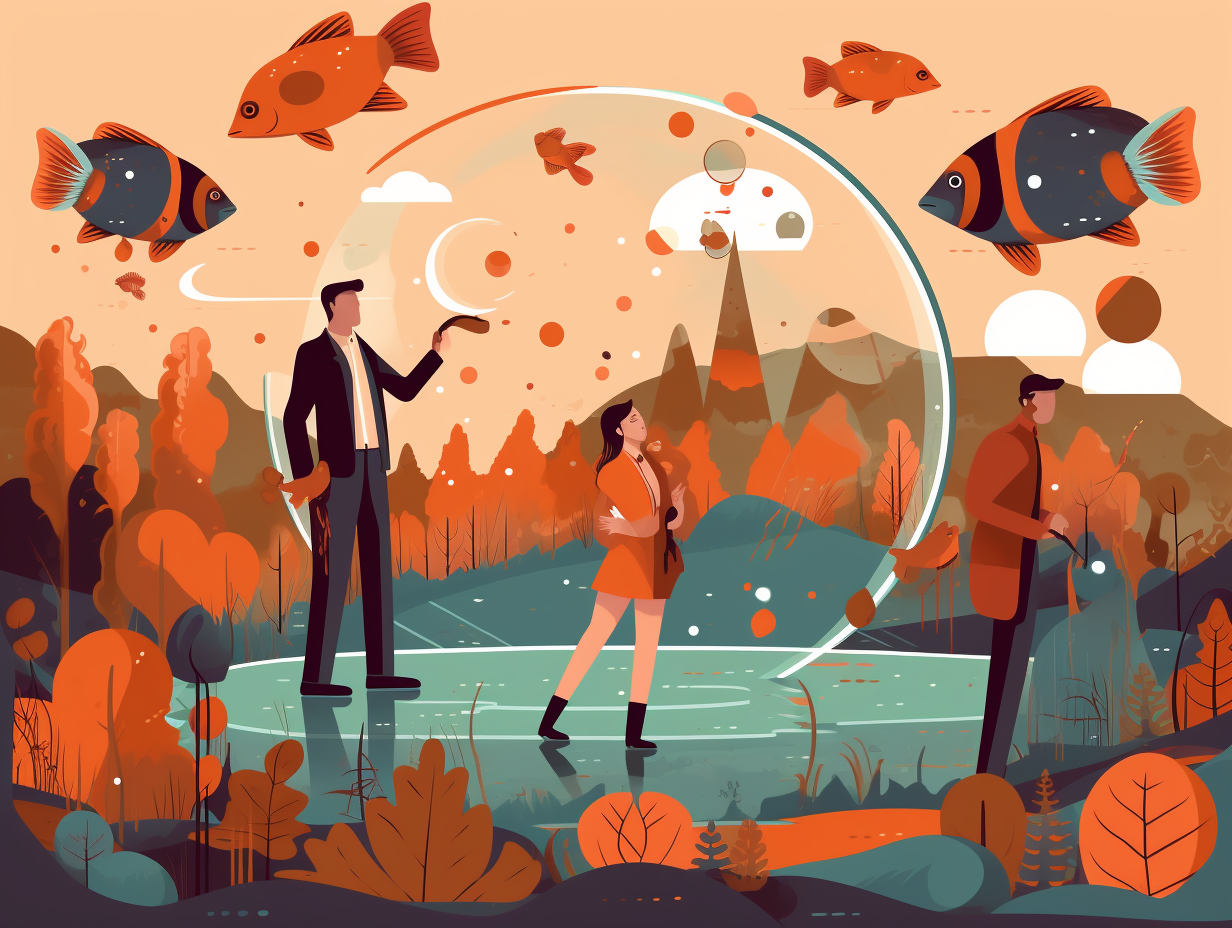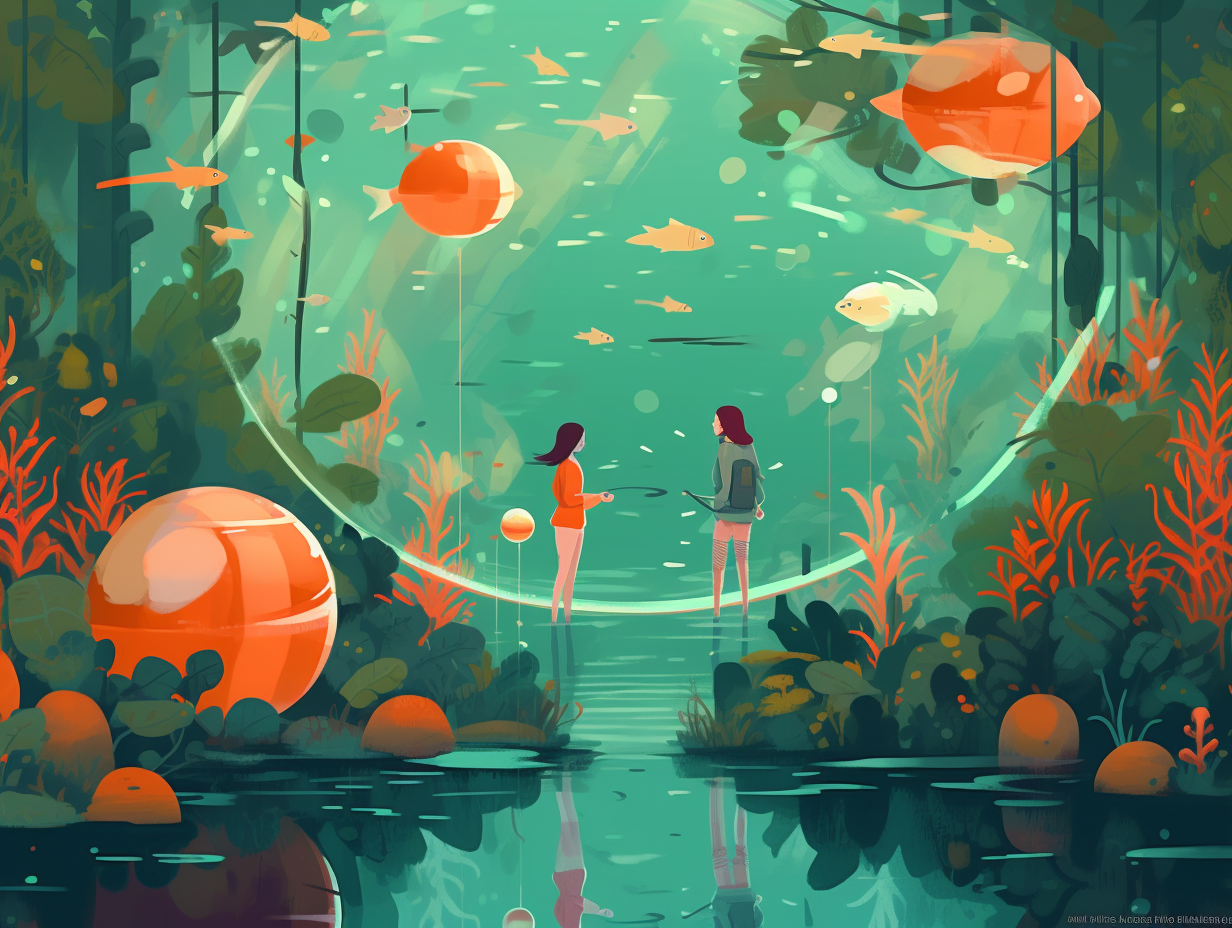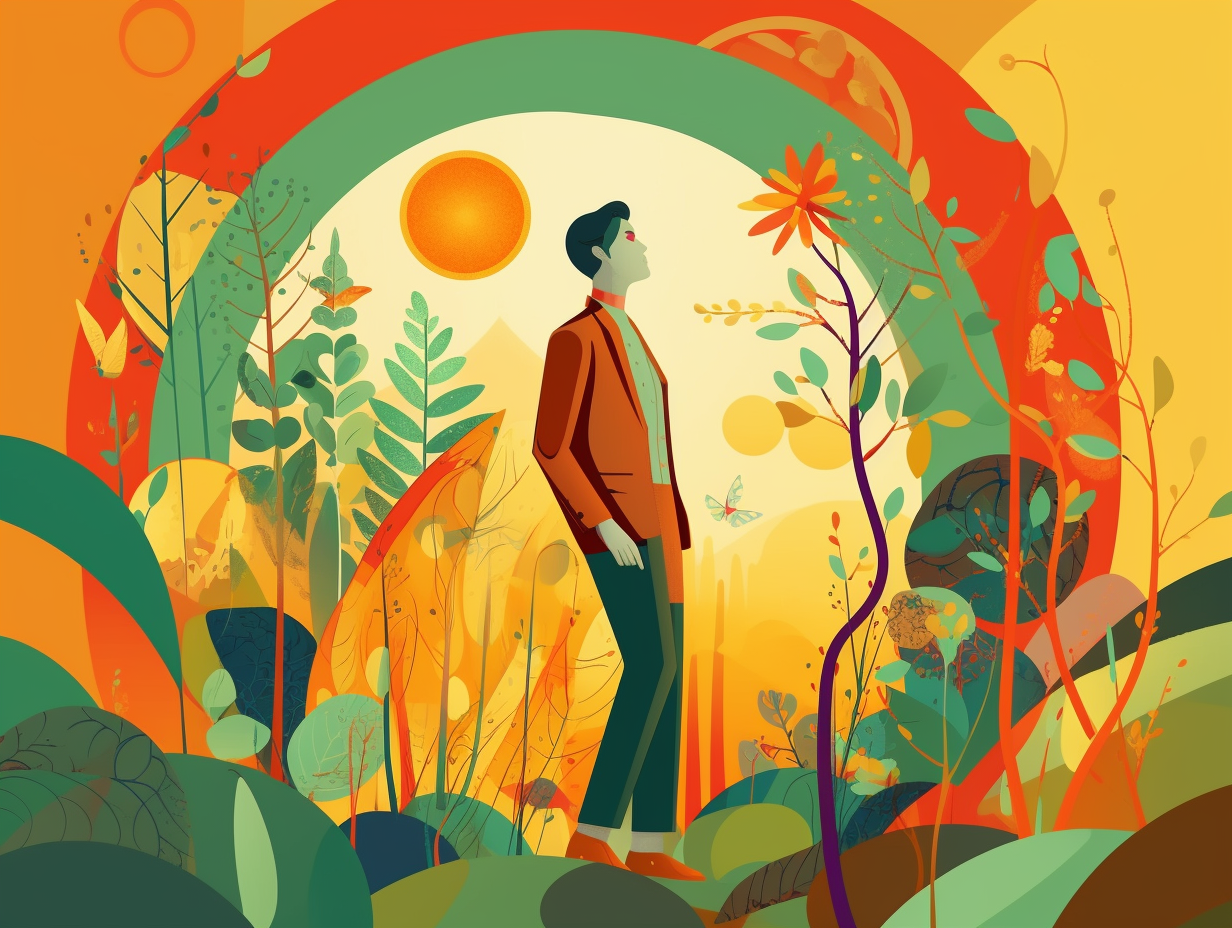Discover the Wild Side: Top 11 Fun Facts About Zoologists You Never Knew!

1. Crocodile Love Connection
When love knows no boundaries, and crocodile tears can't keep them apart: nearly half of the endangered Cuban crocodile population has hybridized with the American crocodile, in a possible natural response to human intervention. Even conservationists have hitched the Florida panther with the Texas cougar to save the species from extinction.
Source => pbs.org
2. Bird Surprise Party Techniques
Did you hear about the zoologists who threw a surprise party for unsuspecting birds? They used mist nets, bird liming, and even cannon netting to make sure no feathered friend could escape the festivities: In actuality, these dedicated scientists employ such trappings, along with blood and feather sampling, to study bird behavior and physiology. Furthermore, they team up with bird enthusiasts worldwide for citizen science projects that help track bird populations, distribution, and key threats to their survival.
Source => en.wikipedia.org

Did you know cats have been around for over 42 million years, outliving the dinosaurs? Discover how these ancient feline ancestors survived and evolved! 🐾🦖
=> Fun Facts about Biology
3. Magical Tardigrade Protein
Who needs a fairy godmother when you've got tardigrades on your side? These magical little "water bears" have a trick up their sleeve that could help humans live happily ever after in the world of biotechnology: Zoologists discovered that tardigrades possess a unique protein called Dsup, which protects their DNA from hydroxyl radicals during dehydration. This enchanting protein has promising applications in fields like pharmaceutical production and cell-based therapies, thanks to research from the University of California San Diego, supported by grants from the National Institutes of Health and the Latin American Fellows Program of the Pew Charitable Trusts.
Source => today.ucsd.edu
4. Polar Bear Ice Dance
Whoever said "size doesn't matter" never met a polar bear trying to tiptoe across the thin Arctic ice: These furry giants have evolved paws measuring up to 30 cm (11.81 in) across and endowed with papillae-covered pads to help them secure their grip and dance gracefully on the slippery surface without causing a big splash.
Source => polarbearsinternational.org
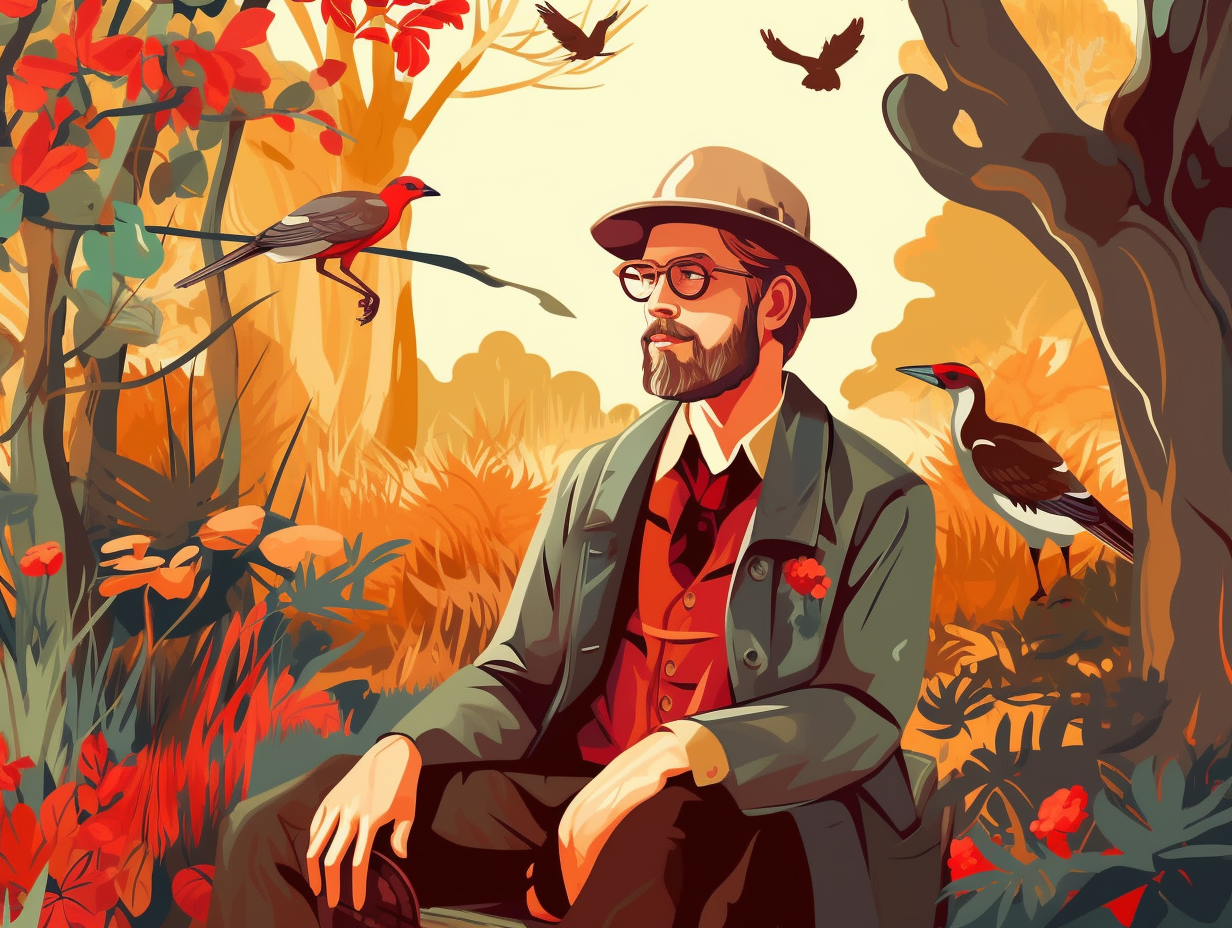
5. Indiana Jones Mole Adventures
Behold the Indiana Jones of moles, braving the coldest, darkest depths, all while using its trusty tentacled snout-whip to snag some grub: The star-nosed mole possesses over 25,000 special touch organs called Eimer's organs in its peculiar snout, allowing it to determine edible food in a staggering 8 milliseconds and maintain its sense of touch even in chilling environments.
Source => icr.org
6. Underwater Anemone Parties
Shrimp, crabs and sea anemones walk into a bar… well, not really, but they sure know how to host an underwater party collaborating in peculiar and fascinating ways: Zoologists have discovered that sea anemones are the livewire keystone species linked to various crustaceans like red snapping shrimp, Pederson cleaning shrimp, sexy shrimp, and arrow crabs, playing significant roles in marine ecosystems as nutrient providers, protectors, and underwater cleaning stations.
Source => bios.edu
7. Bumblebee Bats and Cozy Lifestyle
Feeling batty about bumblebees? Hold onto your hive mentality: Bumblebee bats are among the rarest of mammals, exclusively residing in select caves across Thailand and Myanmar, boasting an adorably diminutive size alongside a penchant for unique dietary choices, cozy roosting habits, and meticulously tender parenting.
Source => discovermagazine.com
8. Snakes' Exclusive Muscle
"Snakes on a Plane" has nothing on this fascinating biological quirk: snakes boast costocutaneous muscles, exclusive to their slithery selves, connecting their ventral and ventro-lateral skin to their ribs, assisting them in locomotion, as proven through insightful electromyographic experiments.
Source => ncbi.nlm.nih.gov
9. Amphibians: Evolution Pioneers
Before the land-loving frogs could chant "ribbit" and conquer the shores like mini Poseidons, they had to learn more than just backstroke: Amphibians were the first vertebrates to live on land, evolving from fish about 400 million years ago when Earth's dry land greatly increased, leading them to develop limbs for crawling and lungs for breathing, hence their name, meaning "double life."
Source => encyclopedia.com
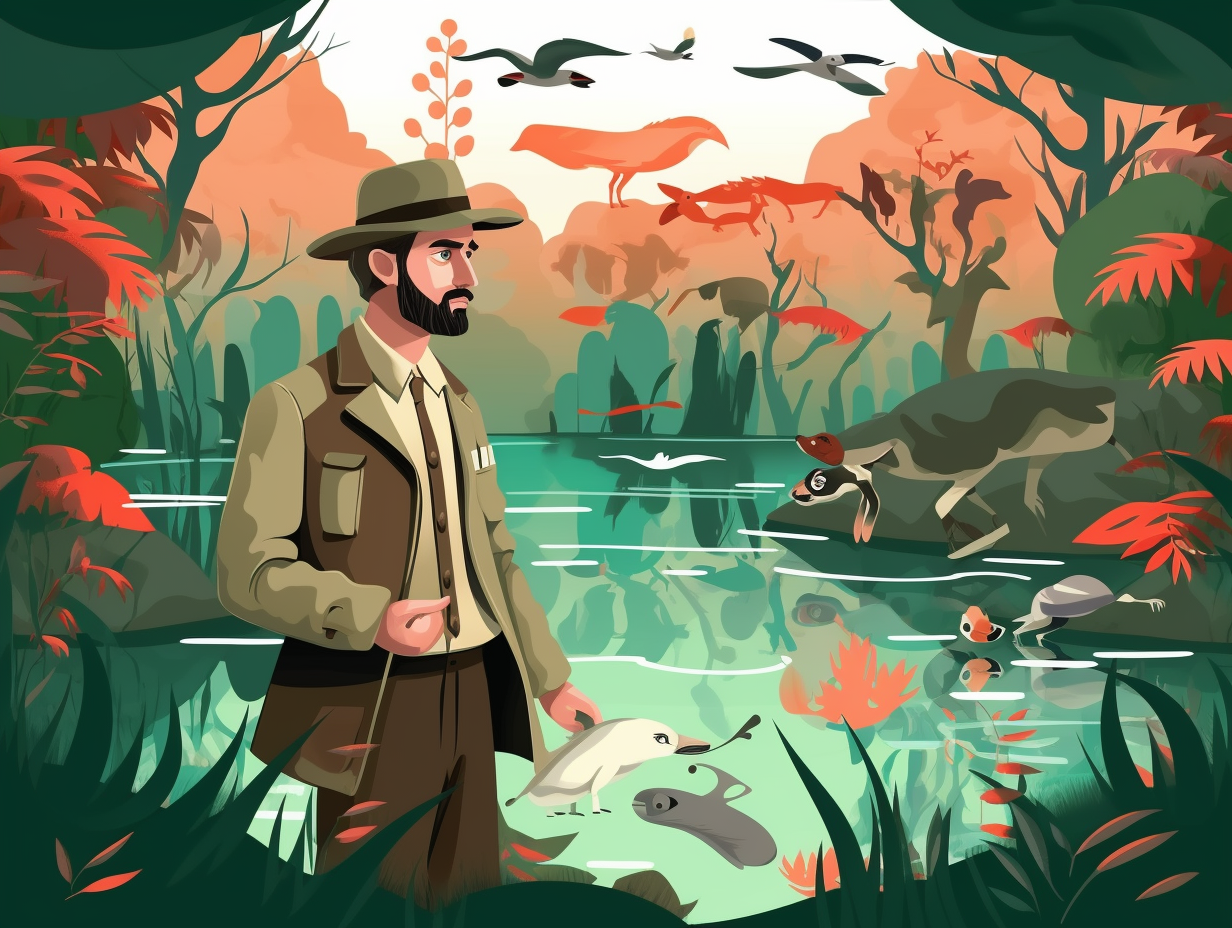
10. Frog vs. Bombardier Beetle
In a game of "red light, green light" with a twist, the black-spotted pond frog is the ultimate player when faced with the chemical-spraying bombardier beetle: Funnily enough, the frog has an uncanny ability to detect the beetle's deterrent chemicals or physical characteristics, and opts to halt its attack before getting a nasty surprise, revealing that the beetle's spray might not be the MVP of its defense mechanisms after all.
Source => ncbi.nlm.nih.gov
11. Zebras' Optical Illusion Stripes
Who knew that zebras were masters of optical illusions and fly bouncers? Turns out, their stripes leave flies flabbergasted and discombobulated: Zoologists discovered that zebra stripes create a disorienting sense of movement, making it difficult for flies to gauge the timing and speed for a smooth landing, thus saving zebras from annoying bites. The effectiveness remains consistent within the naturally occurring range of stripe widths on zebras.
Source => wired.com
Related Fun Facts

